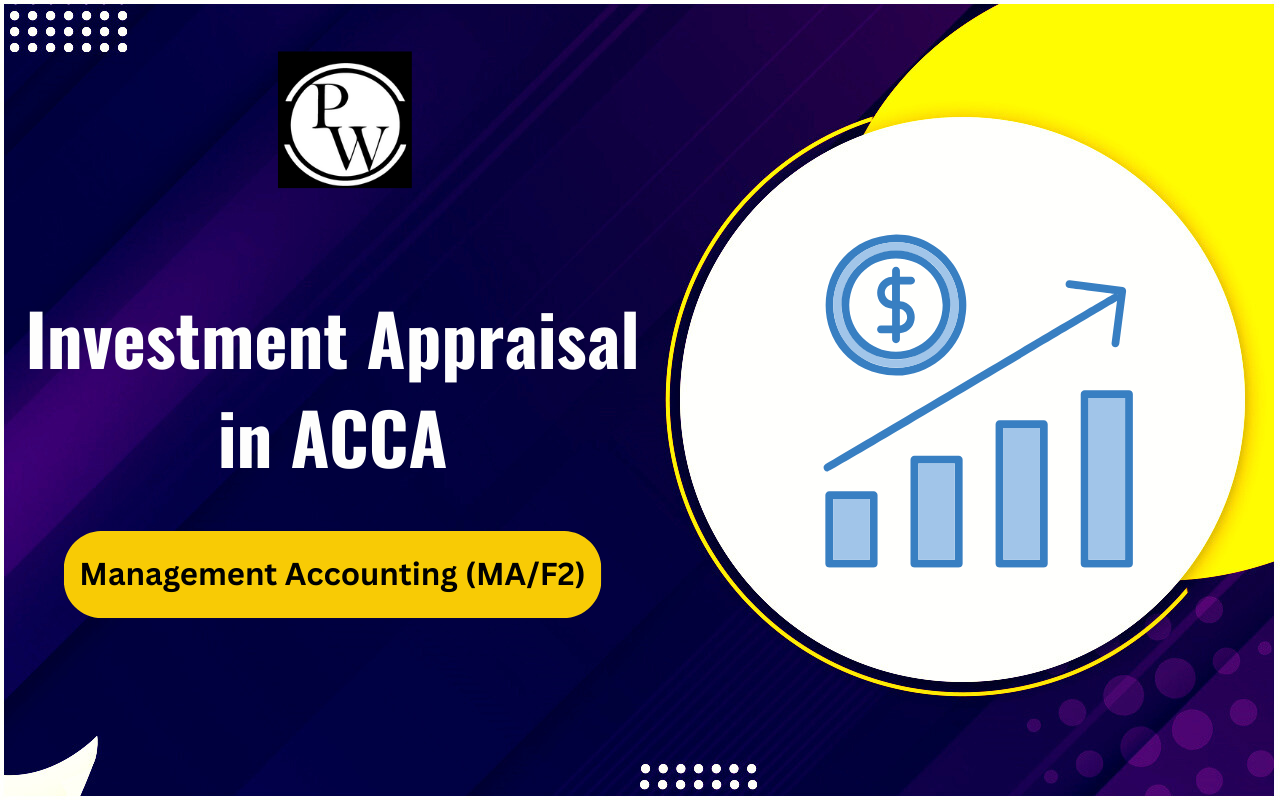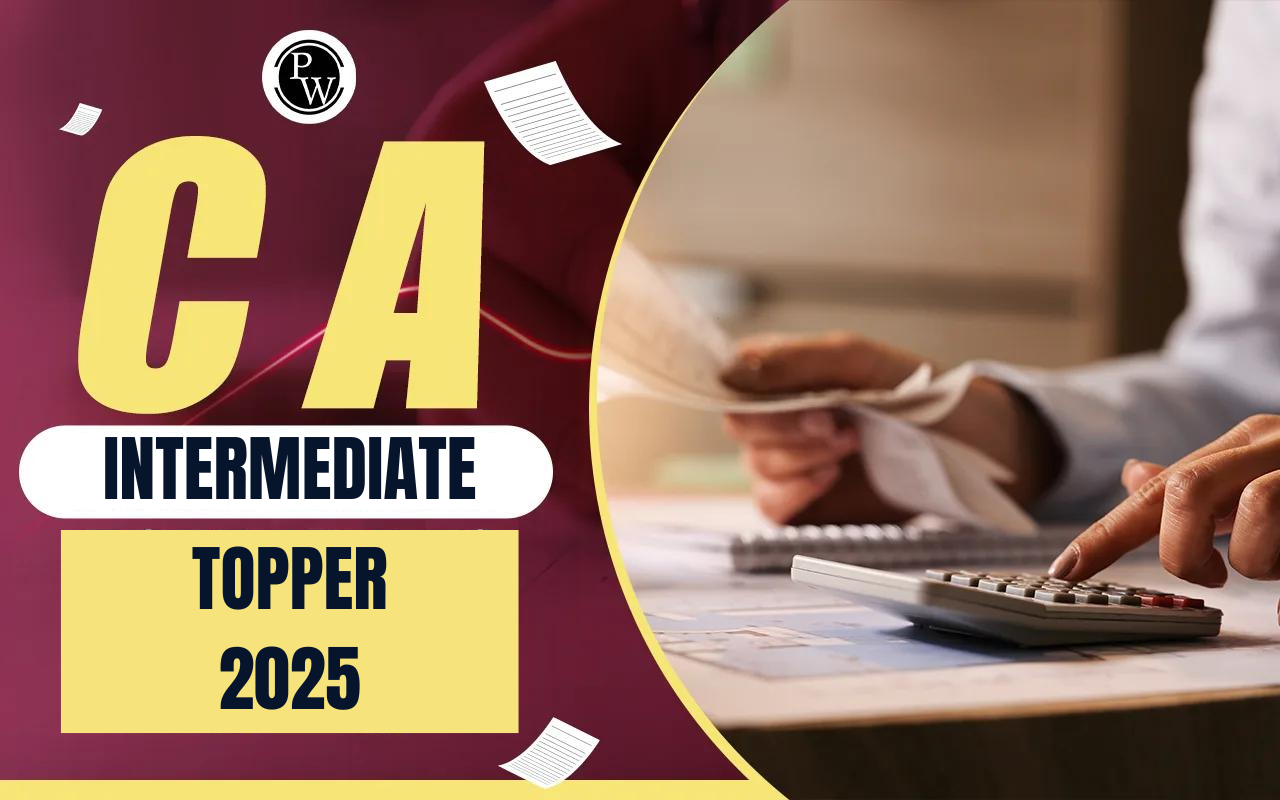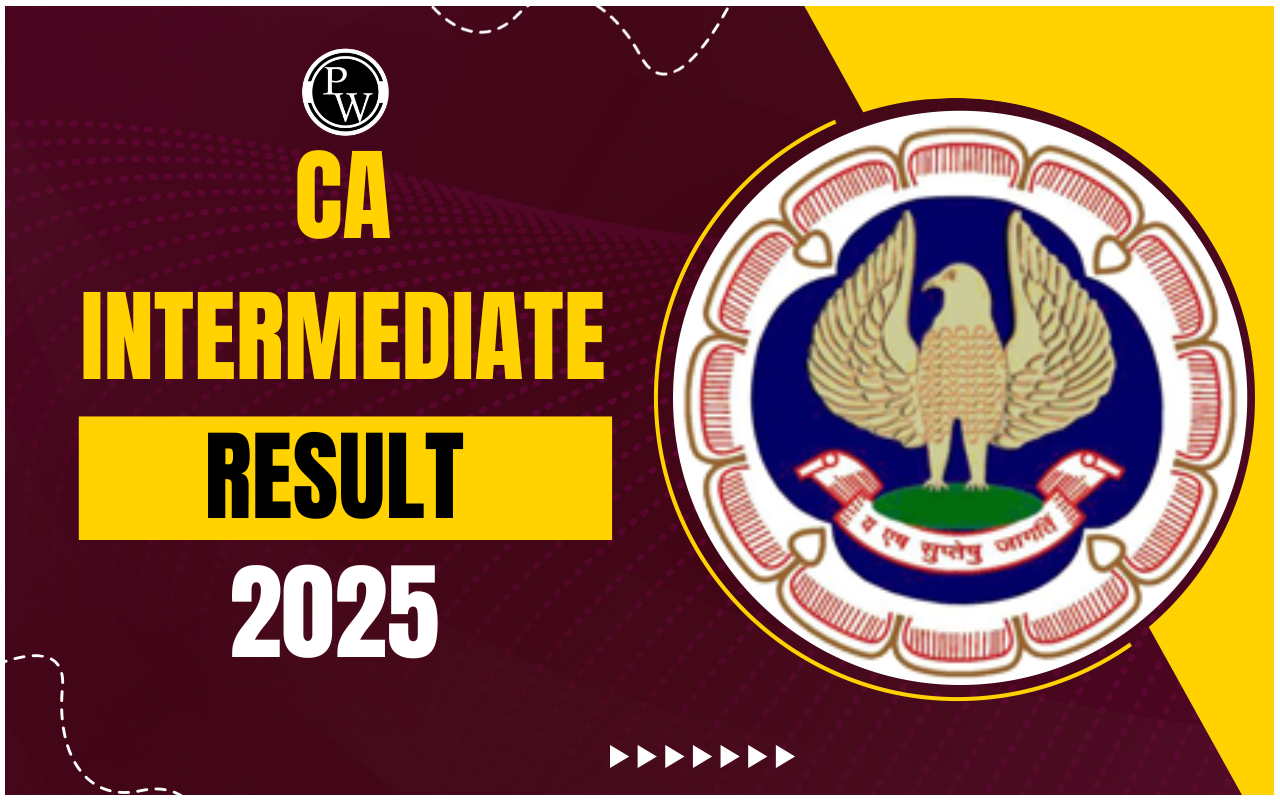
Audit Evidence and Documentation are critical components that determine the quality and reliability of an audit. As graduate students preparing for the CA Exams , understanding these concepts is crucial. This article will walk you through the importance, types, and best practices of audit evidence and documentation.
What is Audit Evidence?
Audit evidence is the information that auditors collect to support their assessment of a company’s financial statements. This evidence can include various types of data, such as physical items (like inventory), documents (like invoices and contracts), analytical data (like financial trends), and verbal information from interviews with staff. The purpose of gathering audit evidence is to verify that the company's financial records are accurate and trustworthy. By examining this evidence, auditors can form a reliable opinion on the financial health and integrity of the company.Types of Audit Evidence
The following are the main types of Audit Evidence:1. Physical Evidence
Physical evidence is tangible proof such as inventory, fixed assets, or cash in hand. Auditors inspect these items to verify their existence and condition.2. Documentary Evidence
This type involves reviewing documents such as invoices, purchase orders, bank statements, and contracts. These documents help in validating transactions and their authenticity.3. Analytical Evidence
Analytical procedures involve examining financial and non-financial data to identify unusual trends or patterns that might indicate potential misstatements.4. Oral Evidence
Oral evidence is gathered through inquiries and interviews with company personnel. While it can provide insights, it is generally considered less reliable compared to physical and documentary evidence.Also Read: Audit Planning and Execution
Importance of Audit Documentation
Audit Documentation is important for every business. The following are the benefits of Audit Documentation:1. Provides a Record of Work Done
Audit Documentation serves as a comprehensive record of the audit work performed. It includes all the evidence gathered, procedures followed, and conclusions reached.2. Ensures Accountability
Documentation ensures that auditors are accountable for their work, providing a trail that can be reviewed by others, such as regulatory bodies or peer reviewers.3. Facilitates Review and Supervision
Audit documentation allows for effective supervision and review of audit work, ensuring that the audit complies with the relevant standards and guidelines.4. Supports Auditor’s Report
The documentation provides the necessary support for the auditor's report, ensuring that the opinion expressed is based on solid evidence.Best Practices in Audit Evidence and Documentation
The best practices in Audit Evidence and Documentation is as follows:1. Maintaining Objectivity
Auditors should remain objective and impartial when gathering and documenting evidence. This ensures the reliability and credibility of the audit.2. Ensuring Completeness
All relevant evidence should be documented comprehensively. Incomplete documentation can lead to inaccurate conclusions.3. Following Standards
Adhering to auditing standards and guidelines is crucial for the consistency and quality of the audit documentation.4. Utilizing Technology
Leveraging audit software and technology can streamline the documentation process, making it more efficient and accurate.Challenges in Audit Evidence and Documentation
Dealing with audit evidence and paperwork can be tough for auditors. Here are some challenges they face:1. Volume of Data
The sheer volume of data that needs to be reviewed can be overwhelming, requiring auditors to be meticulous in their documentation.2. Access to Information
Auditors may face challenges in accessing certain information, especially in cases where the company is not fully cooperative.3. Reliability of Evidence
Ensuring the reliability and authenticity of evidence can be challenging, particularly when dealing with electronic documents or oral evidence. Preparing for the CA exams requires a deep understanding of complex concepts such as Audit Evidence and Documentation. PW CA Coaching offers comprehensive courses designed to help students master these topics. With experienced faculty, personalized attention, and a proven track record of success, PW CA Coaching is your ideal partner in achieving your CA aspirations. Enroll today and take the first step towards a successful CA career.| Also Check | |
| Internal Audit | Internal Audit Function Effectiveness |
| Types of Audit | Performance Audit |
| Difference Between Accounting and Accountancy | Audit Sampling Techniques |
Audit Evidence and Documentation FAQs
What is audit evidence?
Why is audit documentation important?
What are the types of audit evidence?
How can technology aid in audit documentation?









